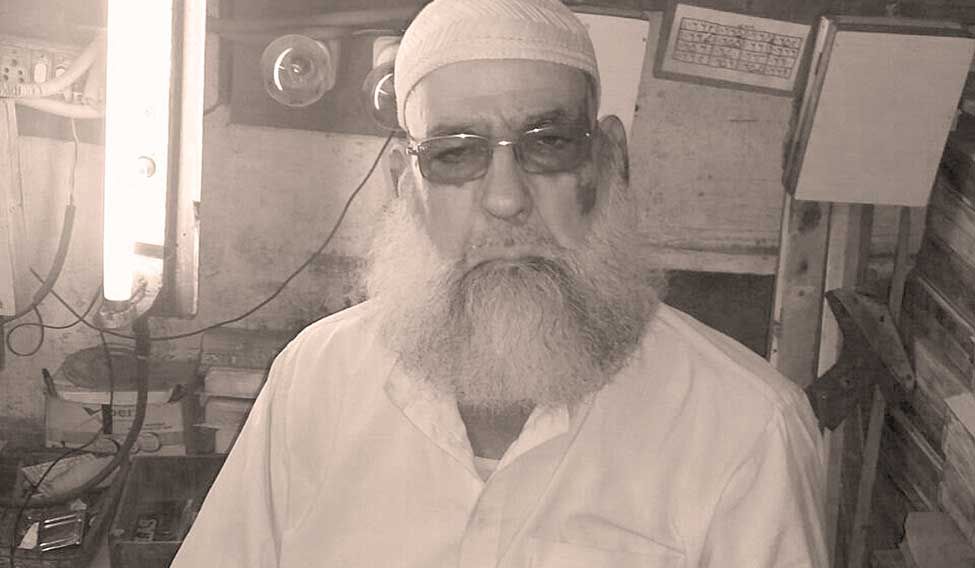On the morning of September 10, 1965, Gen J.N. Chaudhuri was fuming in the war room of the Western Command headquarters in Ambala, Haryana. He wanted to replace the 4 Mountain Division, which was battling a major attack by the 1 Armoured Division—the ‘pride of Pakistan’. But Western Army commander Lt Gen Harbaksh Singh disagreed; he also opposed his chief's plan to fall back further to the Beas river to counter the rampaging Pakistanis. After a heated argument, Chaudhuri relented and flew back to Delhi.
The legendary battle of Asal Uttar started on September 8 when the 1 Armoured Division, with some 200 Patton tanks, invaded Punjab and captured the border town of Khemkaran. The Pakistanis had kept these American tanks hidden in a newly raised jungle in Kasur, Pakistan, near the Punjab border. They planned to capture Indian territory up to the Beas river. But a 12-hour delay gave Indian field commanders ample time to foil the Pakistani plan. The Indians flooded the sugarcane fields with water and took position behind the plants.
The initial pounding of the Pattons began with the attack of Pakistan's 4 Armoured Brigade on the Indian positions in Mahmudpura and Dibbipura in Tarn Taran district, guarded by the 3 Cavalry and the 4 Grenadiers. Thanks to the flooded fields, the Pakistani tanks were trapped in Mahmudpura and became sitting ducks for the Indian tanks and recoilless guns.
It was in one such field that Abdul Hamid of 4 Grenadiers, who was awarded the Param Veer Chakra for busting three Pakistani Patton tanks, his driver Mohammed Naseem and two others had taken position in a RCL jeep around 2.30am on September 9. “We had heard several stories that the Pakistani Patton tanks were bigger than houses and were very deadly, but Hamid saab [who was in-charge and firing the gun] was dismissive about such stories. As soon as we saw the first tank, we came out of hiding and even before the Pakistani could blink, we had taken out a Patton,” Naseem recalls.
By the time the Pakistanis retaliated, it had lost two Pattons. “I had gone to fetch water in my kettle when I saw a tank near me firing shots at our battalion headquarters area,” says Naseem, 70. “As I was looking at it, I was hit by a man, whom I recognised as a Pakistani. I knocked him down with my kettle and ran towards my jeep and informed Hamid saab. As soon as I reached there, I took my seat and drove as fast as I could towards the lone Patton tank standing there. Hamid sprang like a tiger, and in no time we had our third kill of the day through accurate firing.” Hamid, however, died in the battle on September 10.
The same day, the 3 Cavalry, led by Lt Col Salim Caleb, destroyed several Pattons in various encounters. Another Indian tank regiment, 9 Horse, under Lt Col A.S. Vaidya who later became the Army chief, inflicted several casualties on the Pakistani Pattons when they tried to invade through the Asal Uttar axis.
The Indian infantry, too, played an important role in destroying the Pattons. “During the war, we allowed tanks to pass over our narrow trenches, dug to tackle Pakistani infantry soldiers, and [we] then destroyed Pakistani tanks using our rocket launchers,” recalls Grenadier Naushad Mohammed Khan.
Naushad, 71, of 4 Grenadiers is credited with killing a Pakistani artillery brigadier. He and his team had taken position in the cotton crop fields when he saw a Pakistani jeep, carrying Major General Nasir Ahmed Khan, chief of the 1 Armoured Division, along with a brigadier, coming towards the tanks. “The brigadier was driving and the driver was in the rear seat, and I sensed an opportunity,” says Naushad. “I opened fire at the jeep with my light machine gun. I kept firing and emptied two magazines on the Pakistani brigadier and when I stopped, I saw that his head had fallen off. The major general somehow managed to escape.”
The casualties forced the Pakistani tank regiments to retreat to their positions in Kasur whereas its 4 Cavalry unit started surrendering before the Indian Army.
At the end of the battle that day, Pakistan lost 97 of its tanks, 72 of which were Pattons; India lost only 12 tanks. Thus, India, with its valour and tactful strategy, gave Pakistan an asal uttar [befitting reply] in one of the biggest tank battles ever fought in the sub-continent.






